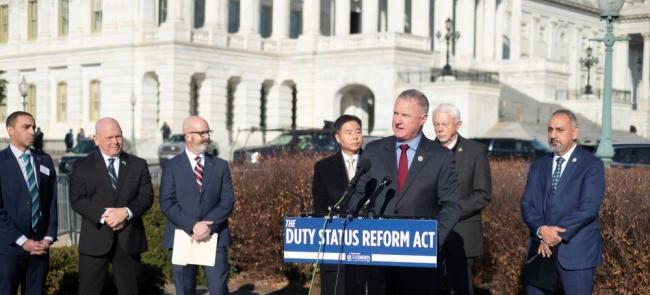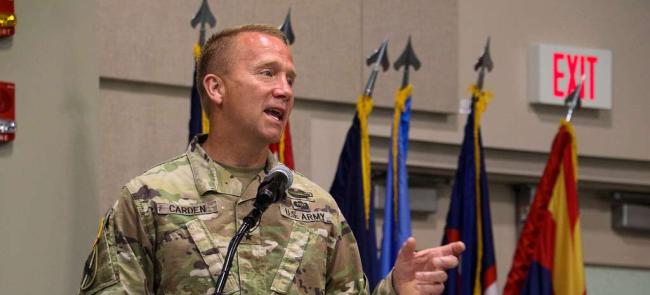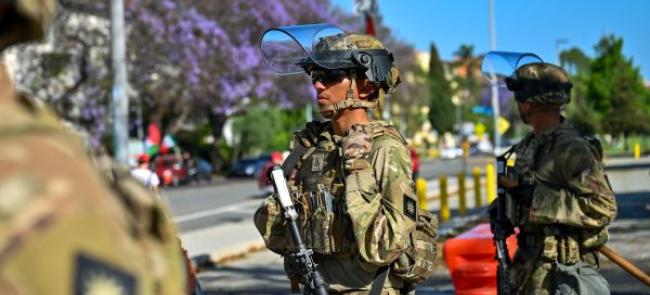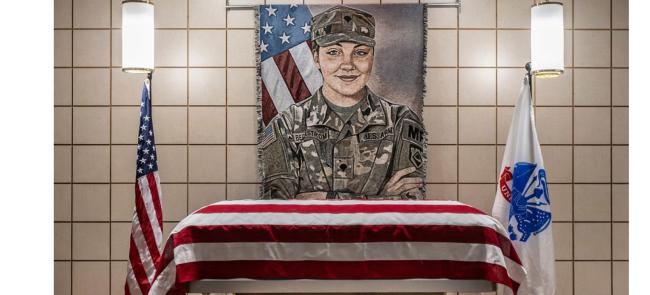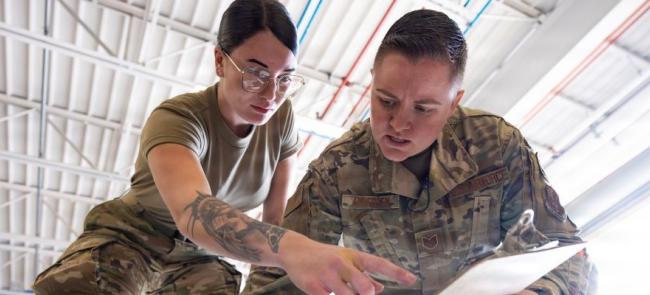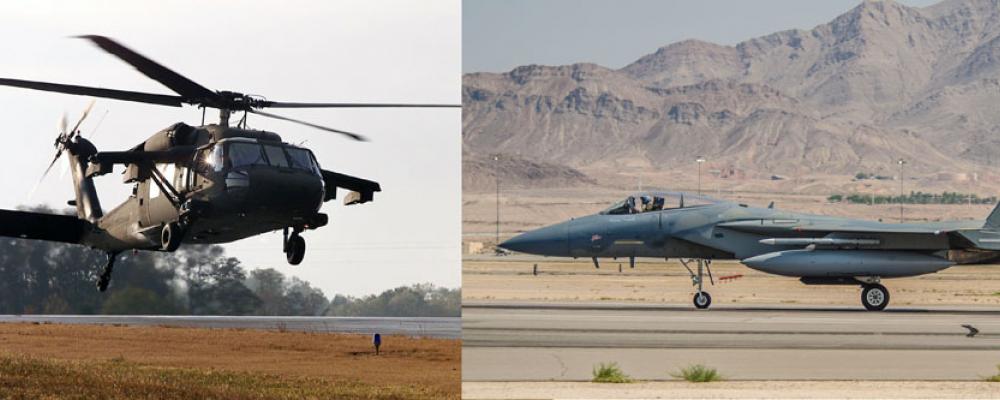
The Senate is expected to vote this week on the fiscal 2019 National Defense Authorization Act that was passed last week by the House. Following the Senate vote, the defense policy bill will go to the White House for the president’s signature.
The NDAA has been passed for 57 consecutive years, but has not been finalized before the end of the fiscal year since 2009. This year seems likely to end that streak. The NDAA merely sets policy direction, but does not provide funding. The funding will come with appropriations legislation still to come.
The bill, which includes a 2.6 percent military pay raise, has much that National Guardsmen should like. For one thing, it authorizes a high-deployment allowance accrual for those who mobilize under 12304b orders. Also, federal employees who mobilize under those orders will not lose pay.
Money is authorized to build at least six AH-64E Apache helicopters for the Army Guard and to remanufacture others. The bill includes $1 billion for UH-60M Black Hawk helicopters for the Army, with $85 million to buy at least five of them for the Army Guard.
Army Guard Humvees will get $25 million worth of modernization, and 10 states will benefit from $202.1 million for Army Guard military construction.
The Air Guard will see $151 million for modernization of C-130H aircraft, including $55 million for the eight-bladed propellers and $74 million for engine upgrades.
A-10 Thunderbolts in the entire Air Force will receive $163.7 million in modernization, including $65 million for additional wing replacements. The Air Guard will have $67.2 million to spend on F-15C Eagle passive-active warning and survivability system kits.
Air Guard military-construction projects in 10 states will benefit from $191.1 million.
The NDAA also includes $225 million for the National Guard and Reserve Equipment Account, and $137.1 million for the counterdrug program.

